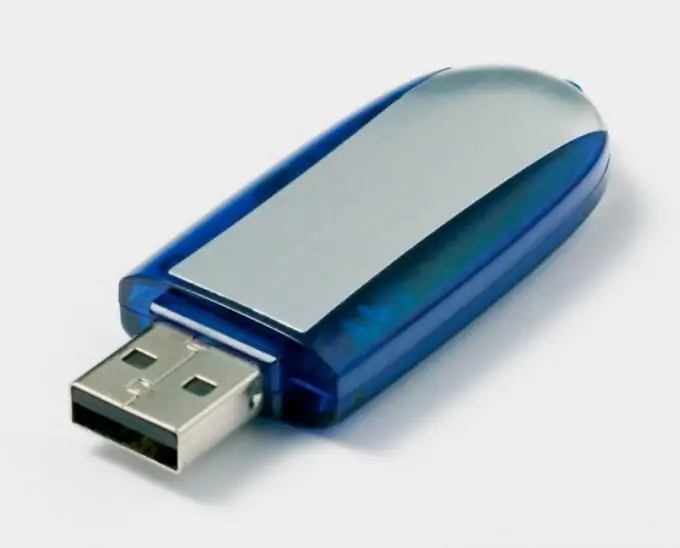Formatting a flash drive allows you to completely clear the device's memory and change the file system format used for storing data. There are several ways of formatting that, however, have the same effect. Depending on the purpose of data formatting, the type of operation will be selected.

Instructions
Step 1
The fastest way to format a USB flash drive is to use standard Windows tools. The system will quickly carry out the desired operation and make the necessary transformations that will suit most users. Before formatting the drive, you must first select the type of operation: full or quick cleaning.
Step 2
Quick Format is best used when you don't need to change the file system and just want to quickly delete unneeded documents. This method differs in that data from a flash drive can be restored later, which means that if an important file is found missing, in some cases you can restore it using specialized utilities.
Step 3
Full formatting is used to destroy all data and make it impossible to recover. It is best used when troubleshooting device operation if file write and read errors are observed.
Step 4
For formatting by means of the system, insert the storage medium into the slot of the computer. Go to the "Start" - "Computer" menu and right-click on the device icon that appears to open the context menu. Select "Format" from the options provided.
Step 5
In the window that appears, configure the formatting options. In the File System field, specify the type of file organization that you want to use. Most modern Windows systems work with the NTFS file system, which allows you to achieve faster file handling, and therefore it is best to choose it. If you want to perform a complete data cleanup, uncheck the "Quick (clear the table of contents)" checkbox. After making the settings, click "Start" and wait until the end of the procedure.






